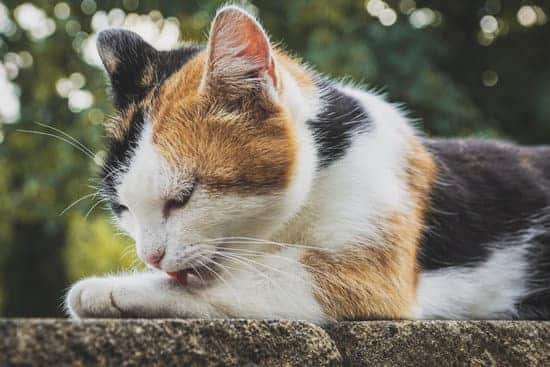While cats are considered desert animals, they don’t actually cope with heat any better than other animals or even us humans. But can cats get heat stroke? While not as common, cats can in fact develop heat stroke – a serious life-threatening condition which left untreated can lead to death within hours. Be sure you know the signs and symptoms of heat stroke in cats, it may just save your fur baby’s life.
Why do cats get heat stroke?
Like dogs, cats are only able to rid themselves of excess heat through the sweat glands on their paw pads and noses. However, instead of panting, they groom themselves (licking their coat) as a method of evaporative cooling to lower their body temperature. If they are unable to regulate their body temperature heat stroke may quickly develop.
What are the signs and symptoms of heat stroke in cats?
With a reputation for hiding health problems, it’s important to be vigilant in monitoring your cat in order to identify signs and symptoms of heat stroke, especially during the warmer times of the year. The signs and symptoms to look out for in cats are very similar to what dogs experience. However, there are a few early signs unique to feline heat stroke dogs don’t exhibit, these are:
- Excessive grooming in an effort to cool themselves
- Reduced urine production
Other early signs and symptoms can include:
- Panting, as open-mouth breathing isn’t normal behaviour for cats
- Restless behaviour as they look for cooler places
As their body temperature continues to rise, signs and symptoms become more severe. These can include:
Rapid breathing
- Increased heart rate
- Change of colour in gums
- Vomiting
- Weakness and disorientation
- Collapsing
- Muscle tremors and seizures
Cats at risk
Some cats will be more susceptible to heat stroke than others. Cats more at risk are:
- Senior cats and kittens
- Brachycephalic cats (otherwise known as flat-faced cats) such as Persians, Himalayans, Burmese, Scottish fold and exotic shorthair
- Cats suffering from chronic or acute illnesses
- Obese and overweight cats
- Pregnant and nursing cats
What to do if you think your cat has heat stroke
Treatment for heat stroke in cats is similar to how it is treated in dogs.
- Move your cat from the heat
- Gradually lower their temperature by wetting them down with a hose or bucket of water, avoiding their face. A fan blowing over them will help in cooling them. Don’t use ice baths as this can cause their bodies to go into shock and constrict the blood vessels
- Offer water frequently. Try adding some tuna water or cooled, low salt chicken stock to the water to encourage them to drink
- Take them to a vet immediately, if you think there is a possibility of heat stroke as the earlier treatment can be administered the better their chances of survival
How to prevent heat stroke in your cat
The good news is heat stroke is preventable. There are a number of things you can do to keep your feline friend cool during the warmer weather. These include:
Water: make sure your cat has plenty of fresh water available
- Shade: ensure there are a few cool and shady spots your cat can escape to around the house and outside
- Grooming: brush your cat often as it will help keep them cool, and if your cat has long fur consider clipping. However, cats with white and light-coloured fur have pale skin which can be easily sunburned. Tummy clips, while aiding in cooling also offer sun protection. Talk to your vet about whether clipping is right for your cat.
- Eating and drinking habits: try increasing your cat’s fluid intake by feeding them wet food, or by adding water or tuna water to their dry food. Place ice cubes in their water bowls to help keep their water cool.
If you believe your pet is suffering from heat stroke, contact your closest Animal Emergency Service hospital or your local vet immediately.
For more information about heat stroke, visit our Heat Stroke in Dogs Guide.


 Rapid breathing
Rapid breathing Water: make sure your cat has plenty of fresh water available
Water: make sure your cat has plenty of fresh water available